Article by Colette Nichol, Solo Filmmaker and Story Strategist
Estimated reading time: 10 minutes

 What if you had to choose between chocolate and wine.
What if you had to choose between chocolate and wine.
It’s a Sophie’s Choice kind of a situation.
For the rest of your life, you could only have one of them. Not both. How would you decide? What would you do? This isn’t quite so bad as having to choose which of your equally beloved children gets to live. But for some indecisive folks (i.e. most of us!) making that kind of a decision can feel very punishing indeed.

You’ve just got to muster up some courage and throw yourself in a direction.
Any direction. Because if you don’t – if you leave the decision up to someone else, then you won’t be in control of your destiny.
In the case of your microfilms, there’s an endless fury of decisions that have to be made.
But none more important than the decision we’re going to talk about right now: how you want your audience to feel. Ever single aspect of your video will be affected by this one “simple” decision.
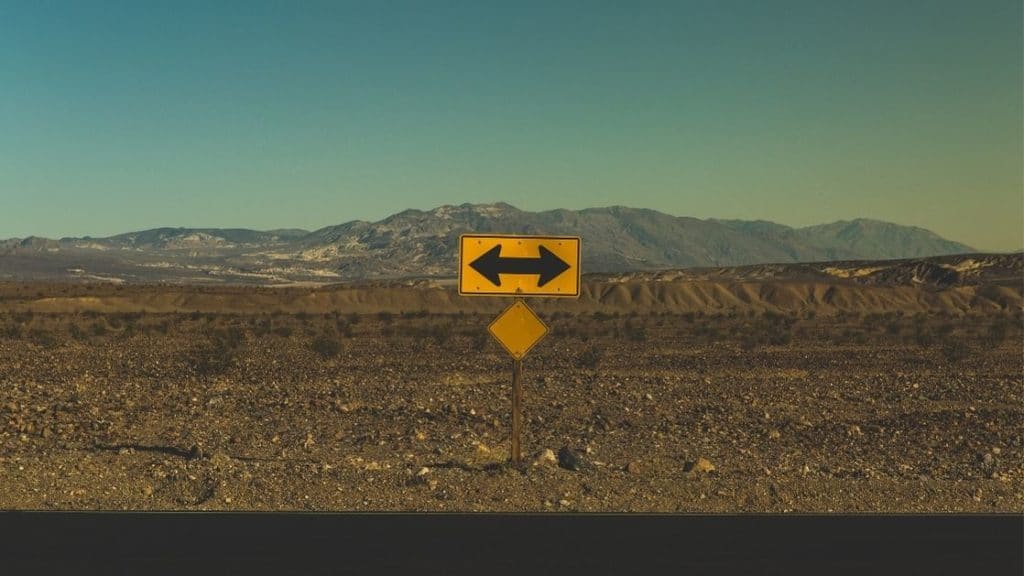
This isn’t just a kind of important decision – it’s the MOST important decision.
Before shooting a video, and even before you get into the heart of planning, you must know how you want your audience to feel while watching the video.
Every single time you start planning a video, you must ask yourself, “How do I want my viewer to feel?” Although the answer might be the same every single time – especially if you’re doing a video series. You won’t know unless you ask.
But don’t be fooled it’s not enough to just ask the question and forget about the answer.
You must ask the question and then hold on to the answer as though it’s your lifeline. Imagine the answer to that question is the tightrope holding you suspended 100 meters above jellyfish-infested waters. Maybe that’s a bit dramatic. But you get the point. This isn’t a casual hippy-dippy exercise. It’s essential to craft a video that will have an impact.
There are good reasons this is so important.
Video is an emotional medium. You don’t make a video in order to appeal to the intellectual side of your viewer. Spreadsheets, statistics, and white papers will likely do that much better.

You make a video because you want to connect to your viewers on an emotional level.
But how can you do that if you don’t know what type of emotional connection you’d like to create? Not deciding how you want your audience to feel is like planning a birthday party for someone without knowing their age. A party for a 5-year-old is going to be a lot different than a party for a 55-year-old.
Think for a moment about two very different film genres: romantic comedy and horror flick.
What would happen if the director of the rom-com didn’t know how he wanted his audience to feel? What if he went off the beaten track and ended up picking music and colors and costumes that made his audience feel anxious?
Meanwhile, across the Warner Brother’s lot, another director was filming a horror movie and had forgotten that his audience was supposed to feel terrified. He filled his movie with peaceful music and calm, tranquil colours.

Do you think that either of these movies is going to be a success?
Of course not.
Both directors would be fired the second the studio executives got a look at the first cut. And if somehow these movies managed to see the light of day, audiences would feel deeply confused.
Deeply confused is not how you want your audience to feel!
Deciding how you want your audience to feel while watching your video serves as the basis for every single decision you make during pre-production, shooting, and post-production. I will repeat that idea because it’s vital. Every single decision you make for your video will be centered around that one main emotion you want your viewers to feel.
“But wait,” you say, “does it really have to be just ONE emotion?”
Surely viewers will feel a multitude of emotions while watching your video. It would be weird for a human to feel just one thing. Especially if it’s a long video. They might feel curious, then intrigued, then suspicious, then excited, then annoyed, then excited again. They might just feel bored and turn your video off.
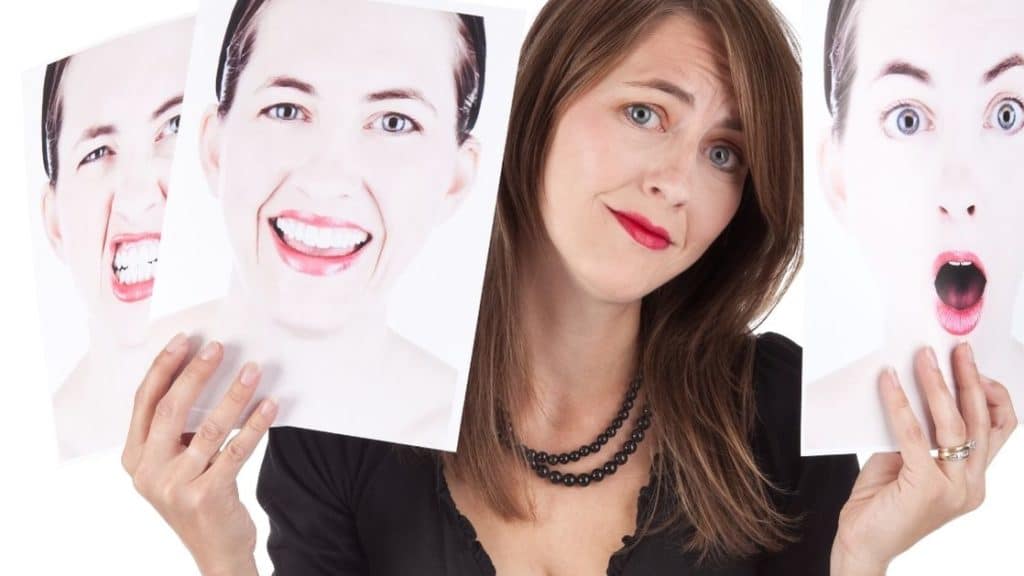
Listen, you’re not choosing one emotion so that you can prevent your viewers from feeling anything else.
You’re not making this decision in an attempt to control your audience.
It’s a tool. One that helps you create a cohesive video that will help you achieve your desired outcome and create an enjoyable experience for your viewers.
If you muddy the waters by trying to make a video that will cultivate three emotions, you end up with a video that has no clear-through line.
You’ll also introduce excessive complexity.
If a feature film that is 2 hours long is based around one main emotion, why would your 2-minute video need to be based around three emotions? If you don’t believe me, just try planning a video with three main target emotions and see how it works out. I dare you. No, I double DOG dare you…
Okay, so how is a girl supposed to make that decision?
Well, it’s pretty easy. Think about the purpose of your video. Then think about your target viewer. When you know who your target viewer is, and you know the purpose of your video, deciding on an emotion that feeds that purpose is quite simple.
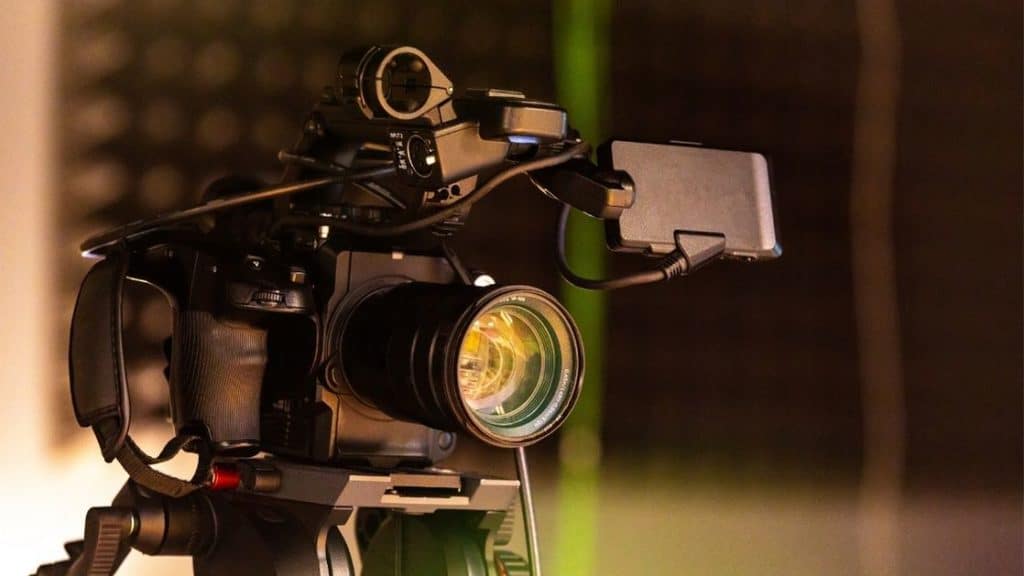
A video that explains a complex product might be based around the emotion of clarity.
A feeling of clarity at the end of the video results in the potential buyer knowing that this IS the right product to buy — and then buying it without a qualm.
A video that shows off a fashion designer’s whimsical spring collection might be based around cultivating a feeling of aliveness. The viewer feels energized and alive at the end of the video. They want this feeling to last so they buy their favorite piece from the collection.
Whereas a video for a foundation that provides inner-city children with instruments and music lessons might want to cultivate a feeling of awe at the creativity and growth of the children. This feeling could draw the viewer into a desire to participate in the experience of the children by donating to the foundation.
Do you see?
First, you must know your audience. Then you must know your purpose. And finally, you decide on an emotion that feeds your purpose, supports the brand or the general storyline, and appeals to your audience.
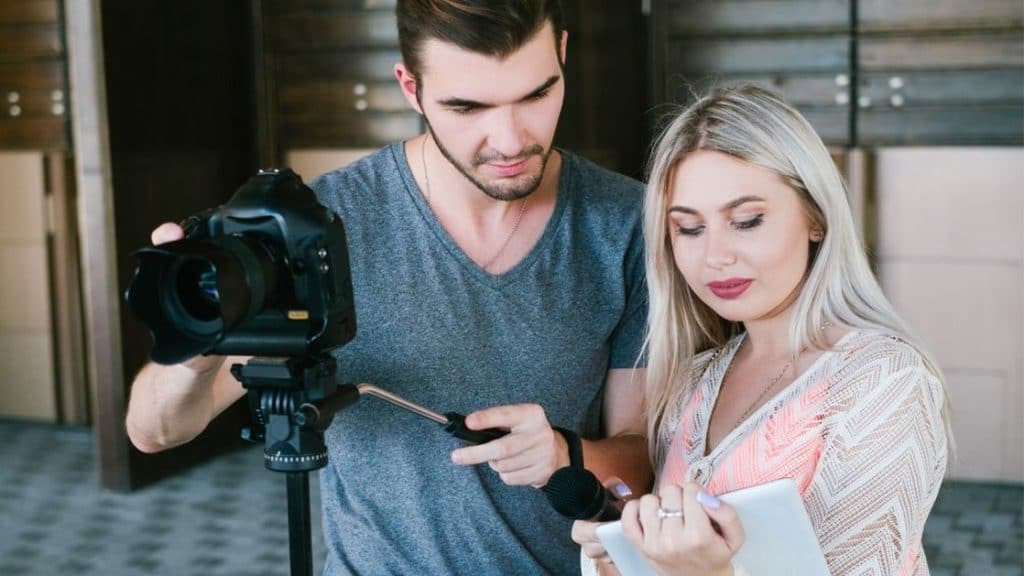
Write down 5 to 10 options and then choose the most important feeling.
The one feeling that you know your audience absolutely must feel in order for your video to be a success is the one that stays.
Everything else is dead to you. Cross them off one by one until you’re left with the one essential feeling.
Now for the bad news.
You might be wondering if there’s a foolproof way to make sure your audience feels this one vital emotion. There isn’t. Unless you have superpowers you cannot control your audience, but you can make decisions that vastly increase your chances of being successful. In fact, the sheer act of deciding on one emotion has already increased your chances of being successful. Most video creators or micro filmmakers never even get this far.
Instead of focusing on “making sure” that every single person who watches your video feels this one emotion, just focus on making decisions that support the feeling you’re going for.
When you decide on a color scheme, filter that decision through the one feeling. When you decide on a location, ask yourself if it supports the one feeling. When you choose music, focus on the one feeling. As you make choices in the planning process, always be bringing yourself back to that one feeling.

This might seem annoying but it’s actually a brilliant “simplifier”.
At first, it will seem restrictive. But once you get the hang of it you’ll see that it simplifies the production process to the point that you won’t ever want to go back to those days when you just randomly made videos with no thought to your audience’s emotions.
It’s the difference between trying to read in the dark versus reading in a sitting room with all the lights on.
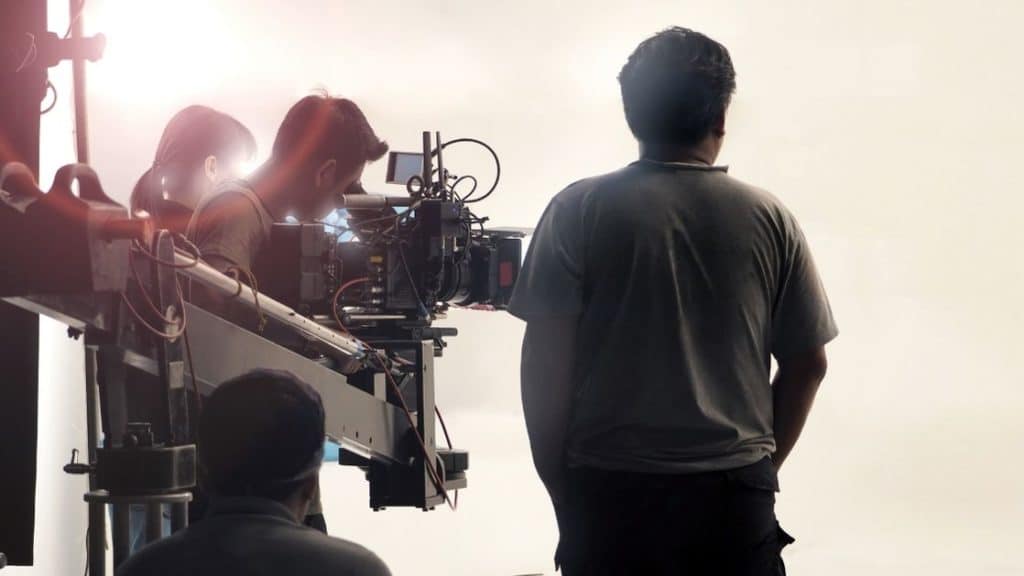
SUMMARY TIME
Alright, let’s review this thing.
When starting your next video journey, roll it all out the right way.
That means deciding what you want your audience to feel. Think of your target audience the purpose of the video and then write down 5 to 10 options. From there you cull it down to the absolute most vital emotion. No matter what your audience MUST feel this, or you’re doomed. Like in a romantic comedy, if your audience doesn’t feel warm and fuzzy, then your movie is a BUST. Because literally, the only reason people watch rom-coms is that they want to feel warm and fuzzy. Period.
Once you’ve decided on the emotion that will drive your video, use it in every single aspect of the decision-making process.
From the colors, you choose to the background to whether you do an extreme close-up or not. And that’s it! You’re now the master of your micro film’s destiny.
If some epic omniscient god tried to make you choose between chocolate and wine, you’d probably tell her to go F**K herself.
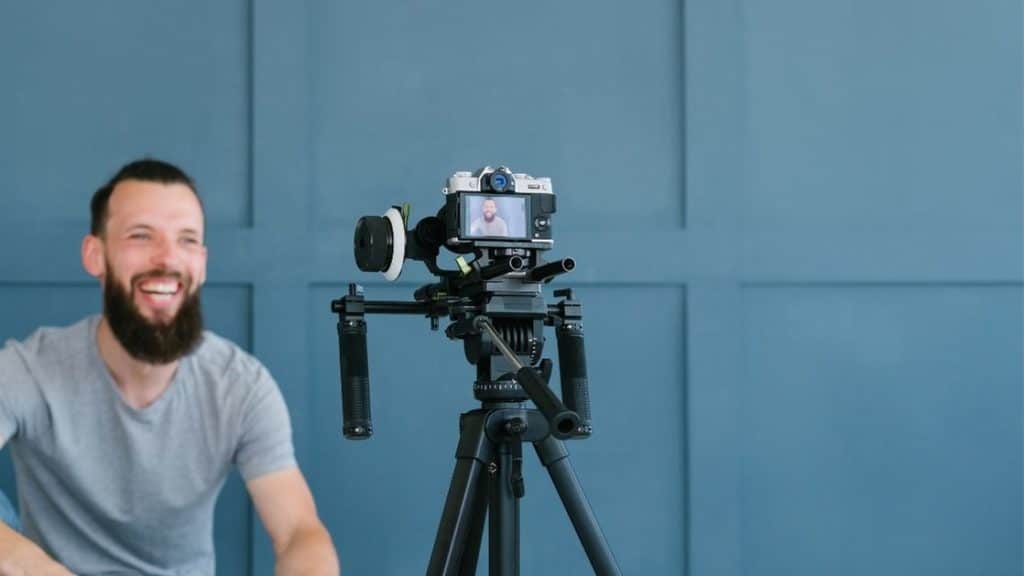
But don’t worry, in this case; nobody will be telling you what to do.
You’ll be calling the shots. You get to decide if your viewer gets the emotional equivalent of chocolate or wine.
Just whatever you do, don’t try and give them both.
When it comes to this rule of micro filmmaking, more is definitely not better.
Learn Filmmaking and Get the Gear Guide
If you’re interested in learning filmmaking, check out the Solo Filmmaking Mentorship Program I created for aspiring filmmakers and video creators. It usually goes live once per year. So I recommend getting the Story Envelope Filmmaking letter which comes out a couple of times per month. That way, you can get filmmaking tips for free and find out when the filmmaking course is going live again.
Also, before you go, grab the Solo Filmmaking Gear Guide and Checklist for Beginners.

About the Author
Hi! I’m Colette Nichol. I’m a solo filmmaker and story strategist based out of rainy Vancouver, Canada. I’ve been making videos and micro films for small businesses and global brands since 2014.
Plus, I LOVE to help aspiring filmmakers pursue their dreams and start making films. This blog is designed to help you gain the knowledge you need to become a filmmaker.
If you want more, get on the waitlist for the Story Envelope Academy Solo Filmmaking Mentorship Program. It opens up one time per year and is the best way to become a filmmaking or video pro fast!
CLICK HERE to get on the solo filmmaking mentorship waitlist.